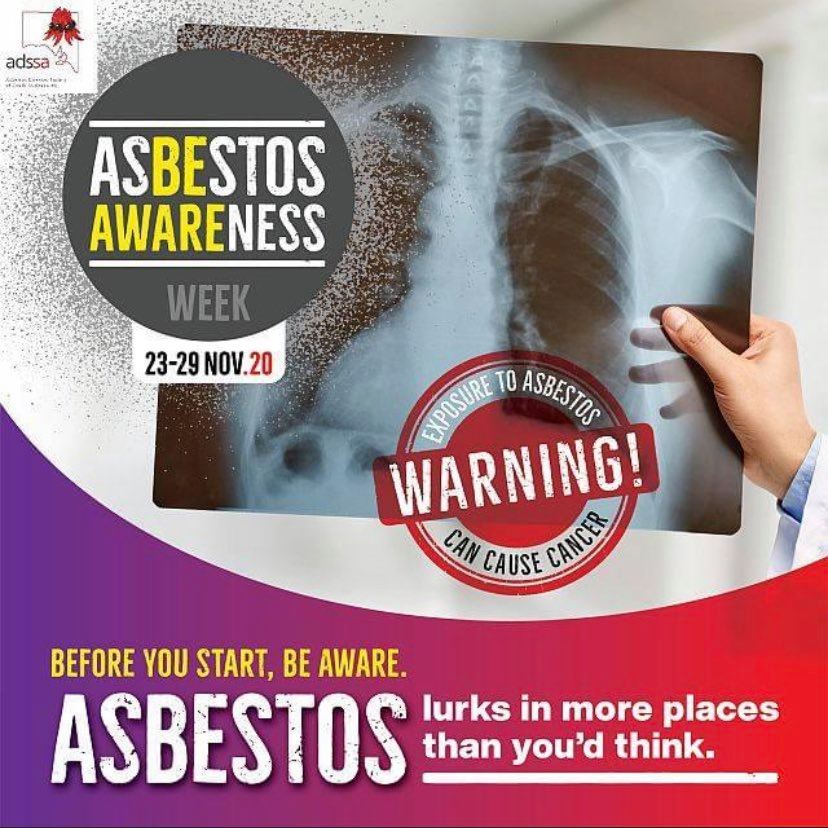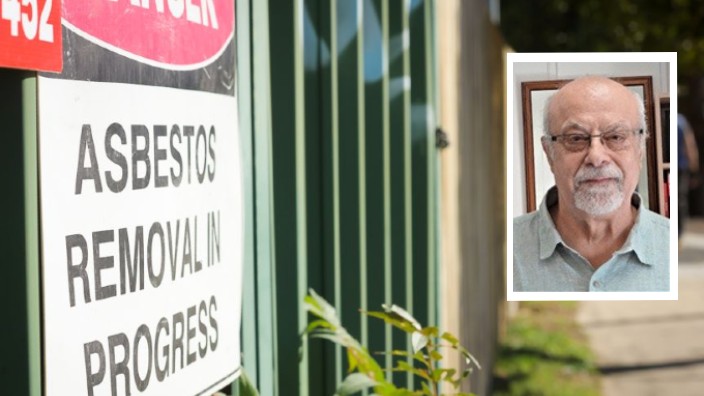It’s National Asbestos Awareness Week 2020 and people across Australia, including Greek Australians, are being reminded to be asbestos aware before they start any work around their home.
Especially if their home is built or renovated before 1990 as there’s a good chance it has some asbestos, according to the Asbestos Diseases Society of South Australia.
Asbestos is a known carcinogen and inhaling asbestos fibres can cause a number of life-threatening diseases including pleural disease, asbestosis, mesothelioma and lung cancer.
Asbestos-related diseases cause approximately 4,000 deaths a year.

Despite this, amid the COVID-19 pandemic, Australians have increased their love of DIY and are using the extra time to do home improvements and maintenance.
Shows such as Channel 9’s The Block, which featured Greek and Cypriot contestants this year, have also inspired people to make remarkable changes to their homes in short time frames.
READ MORE: Notorious buyer behind the big wins for Greek and Cypriot contestants on The Block.
But what they may not know is that this work could be putting their health or someone else’s health at risk. Asbestos materials are still commonly found in bathrooms, laundries, and kitchens as well as behind tiles and under flooring.
As the saying for National Asbestos Awareness Week 2020 goes: Asbestos lurks in more places than you’d think.

“We are encouraging Australians to make sure an asbestos check forms part of their DIY checklist before they start their home improvements,” the President of the Asbestos Diseases Society of SA, Mr Peter Photakis, says.
“Research shows that 1 in 5 DIYers have encountered asbestos, but only half sought any kind of professional help to deal with it. Additionally, a third admitted to disposing of the asbestos improperly – including in their own household bin or in a neighbour’s bin.
“Just like plumbing and electrical work, asbestos removal – or jobs around the home that might uncover asbestos – is a job best left to the experts.
“This Asbestos Awareness Week we are calling on Australians to know the health risk, be aware of where asbestos might be found before starting work, and call a professional for help.”
